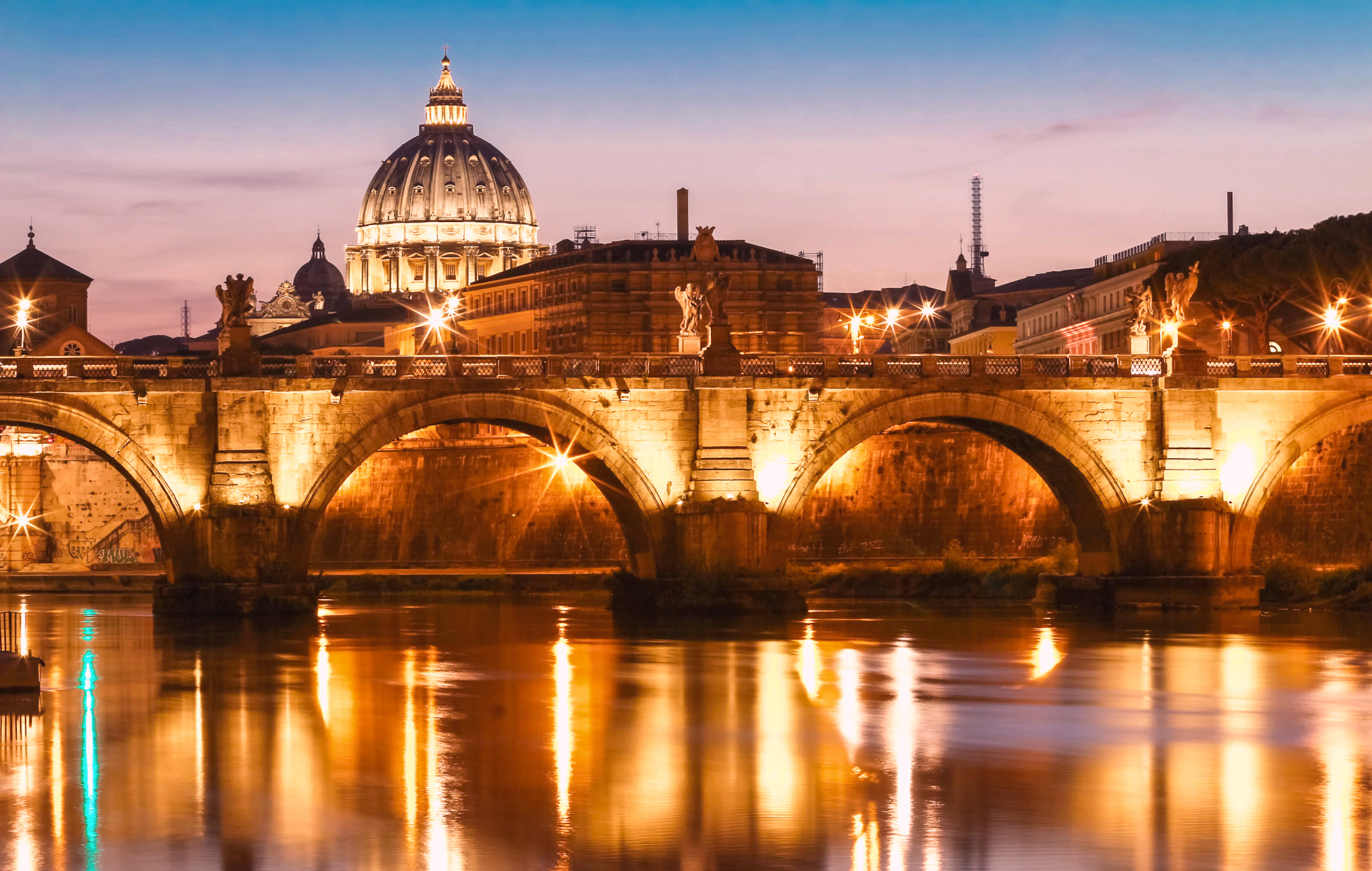The District takes its name from the bridge near Ponte Sant’Angelo, who leads to the homonymous castle, but the current Ponte Sant’Angelo resumed the ancient bridge Helios, built by Emperor Hadrian, as his mausoleum connected to the rest of the city .
This bridge was later called Pons Vaticanus, the Vatican area that connects to the rest of the city and Pons Ruptus (broken bridge), because it was ruined in medieval times. In ancient Rome in this area was a port that was used to bring the materials needed to construct the great works in Campo Marzio.
Following the district, located at the end of the Ponte Sant’Angelo, where all the major roads to get to St. Peter’s Basilica, also enjoyed a continuous influx of pilgrims, who helped to enrich the local economy: increased so inn, taverns, stores and trade of sacred objects.
During 1500, the district acquired a certain importance, mainly because of its road network and for this great palaces were built of aristocratic or rich merchant families, often the work of famous architects and artists. This contributed a lot to beautify the district to make him famous.
Even today, the typical character of the neighborhood can still be seen and appreciated by all visitors to the world.


